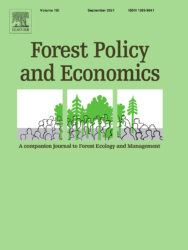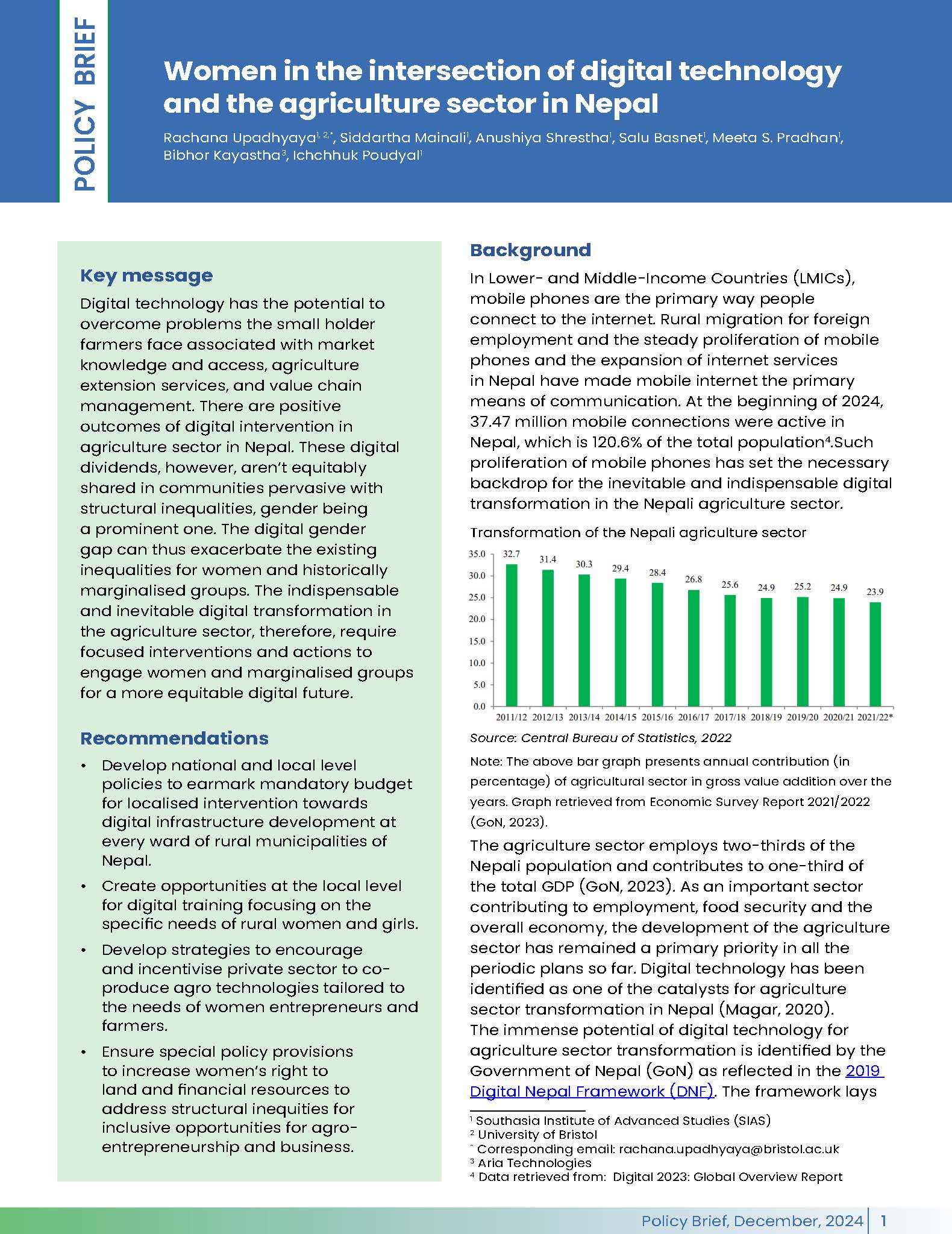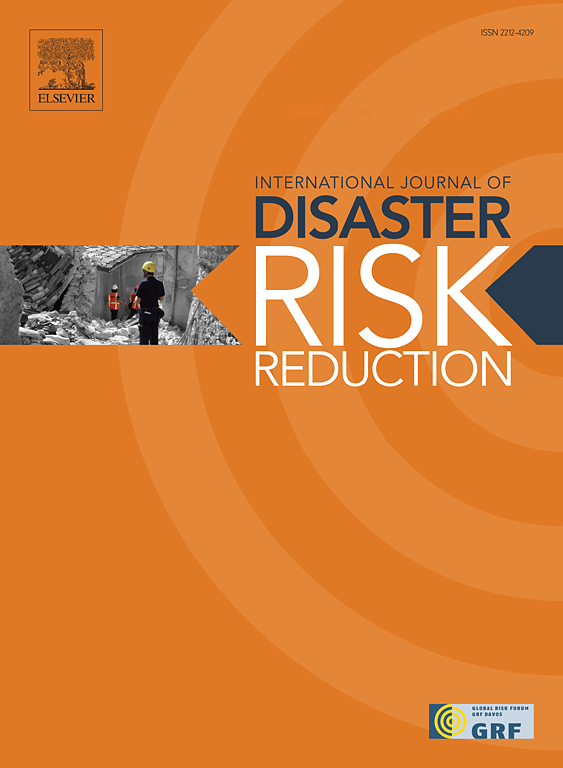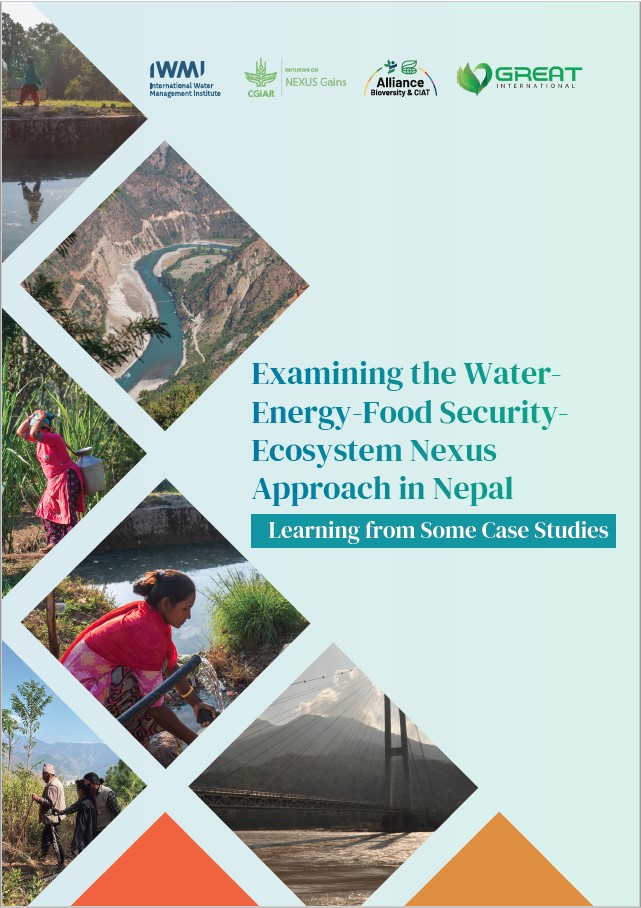 Published online: may 24, 2020
Published online: may 24, 2020
Authors: Poshendra Satyal, Esteve Corbera, NeilDawson, HariDhungana, GyanuMaskey
Available at: https://doi.org/10.1016/j.forpol.2020.102203
Policies and projects aimed at Reducing Emissions from Deforestation and forest Degradation, and the sustainable management of forests and the enhancement of forest carbon stocks (REDD+), have been regarded as an opportunity to improve forest governance while supporting rural livelihoods. However, now that REDD+ policies are being increasingly implemented, a number of justice-related challenges have emerged, including how social heterogeneity should be approached to avoid deepening the unequal access to land, resources and livelihood opportunities or even violating human rights in rural contexts. Applying an environmental justice lens, this article analyses the experience of three local communities in Nepal participating in REDD+ pilot projects, focusing on how indigenous peoples, women and Dalits have participated in and been affected by such initiatives. Our research shows that the studied REDD+ pilot activities in Nepal have been, to some extent, able to recognise, empower and benefit certain social groups, indigenous women in particular, whilst Dalits (particularly Dalit women) had a different experience. REDD+ projects have had limited impact in addressing more entrenched processes of political discrimination, male dominance in decision-making, and uneven participation driven by spatial considerations or specific social targeting approaches. While the projects examined here have been partially just, and rather sensitive to existing patterns of social differentiation, the complexity of social differentiation still makes it difficult to operationalise environmental justice in REDD+ implementation. Hence, we conclude that deficits in distributive, recognition and procedural justice cannot be resolved without first addressing wider issues of social injustices throughout Nepal, historically inherited along the dimensions of class, caste, ethnicity, gender, and spatiality.







